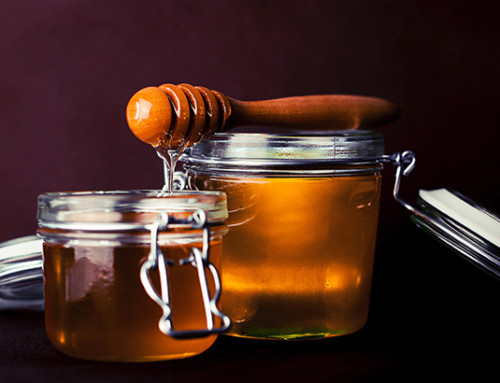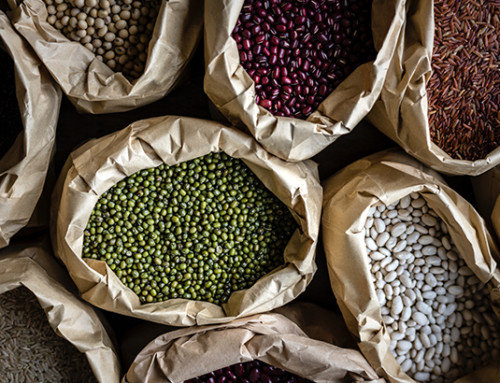Today’s question comes from Vinay, and he very simply asked if our Glucose test strips can be used to test food samples. Great question, one we have never really thought about explaining before. There are always some unique uses for our test strips that we haven’t considered or are unaware of. We’re happy when customers ask if it’s possible to use them in these unique situations because there are always limitations and things to consider.
The Glucose test strips were originally developed to test for glucose levels in urine for educational purposes (not medical diagnosis). Over time, other uses have popped up, including osmosis experiments where a glucose/starch solution is used to demonstrate the concept in a classroom setting.
These are the primary uses, however, that’s not to say the strips can’t be used to test food. The strips will detect glucose levels in food, but as always, there are a few things to consider.
First, the enzyme used to detect the glucose is specific for glucose sugar. The strip will not detect other sugars, such as sucrose, fructose or galactose.
While the test strips are exclusive for glucose sugar, other chemicals can interfere. One example is Vitamin C. We know that in foods with high Vitamin C content, the strips will not work well. We don’t necessarily know every scenario, so sometimes it’s good to do a few trials first.
You may also need to find a way to properly perform the test. Typically, our strips are dipped into a solution. Thus, with solid foods, you will need to create a solution and account for the dilution factor.
Lastly, in order for the enzyme in the test strip to work properly, the solution being tested may need to sit for up to 3 hours to allow mutarotation to occur. Mutarotation is the change in specific rotation of a chiral compound due to epimerization. Epimerization is the conversion of a compound into an epimer partially or completely.
The monosaccharide D-glucose exists in two cyclic forms, α-D-glucose ([α]D25 = +112) and β-D-glucose ([α]D25 = +18.7), which are epimers and are available as pure compounds.
When one of the cyclic forms of D-glucose is added to water, it undergoes reversible epimerization to the other via the open-chain form, during which the specific rotation of the solution changes gradually until it reaches the equilibrium value +52.7º.
That’s a lot of chemistry talk, we know. Basically, it’s always a good idea when trying strips in a new application that is somewhat uncharted, it’s best to do some trials first.







Leave A Comment